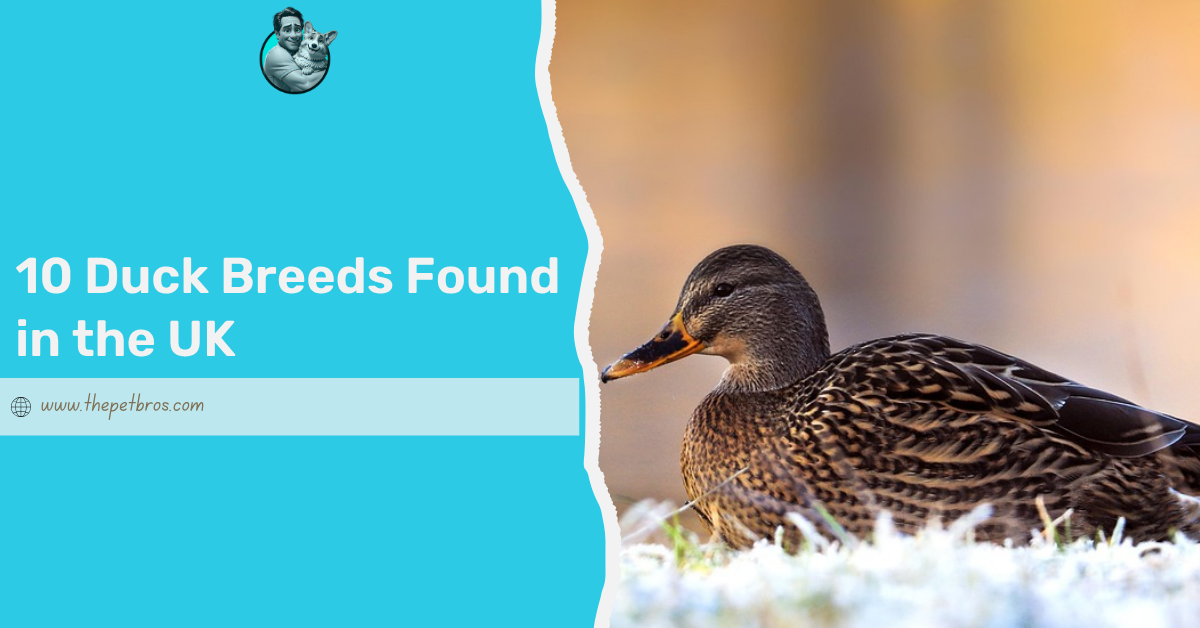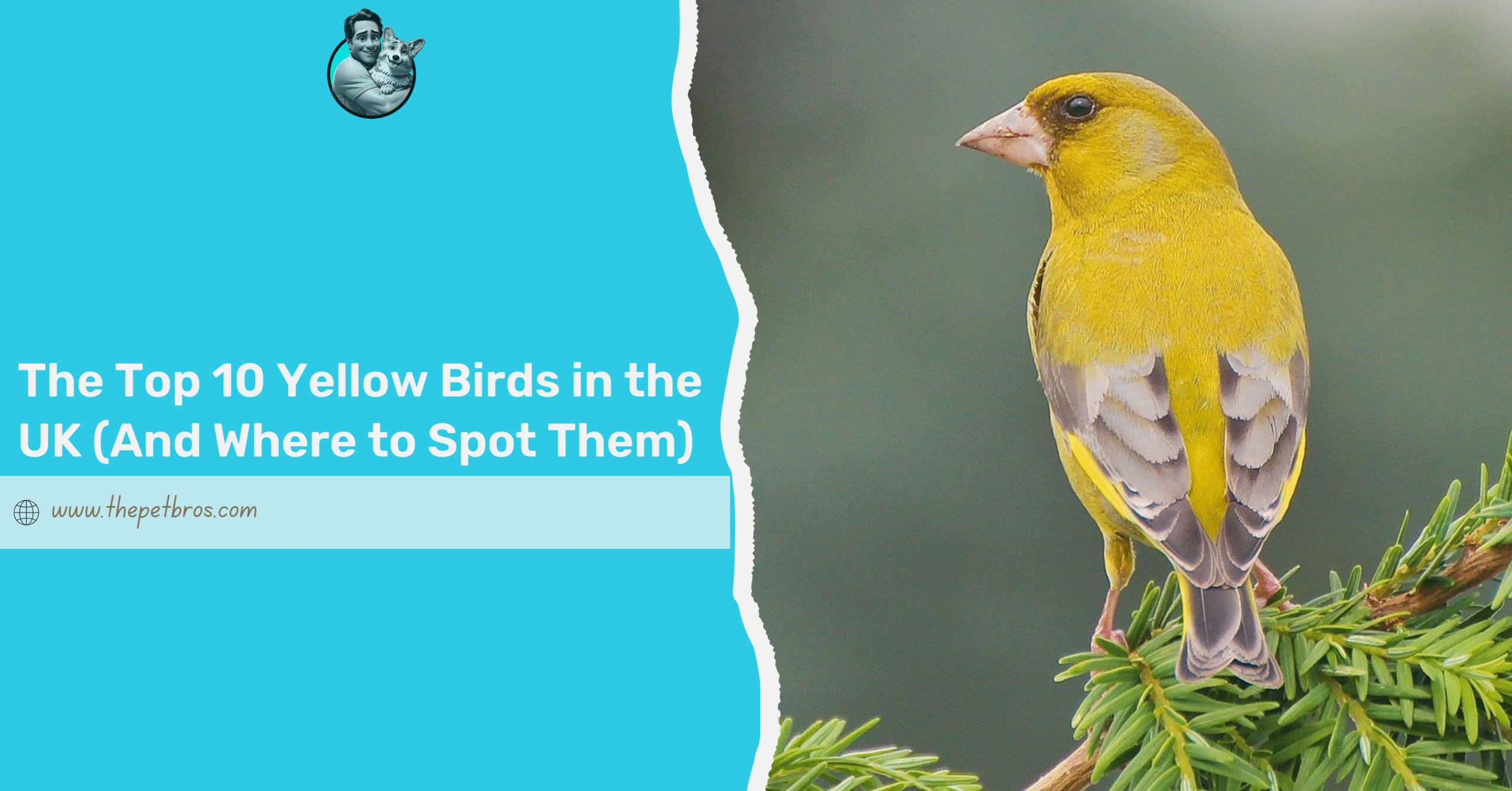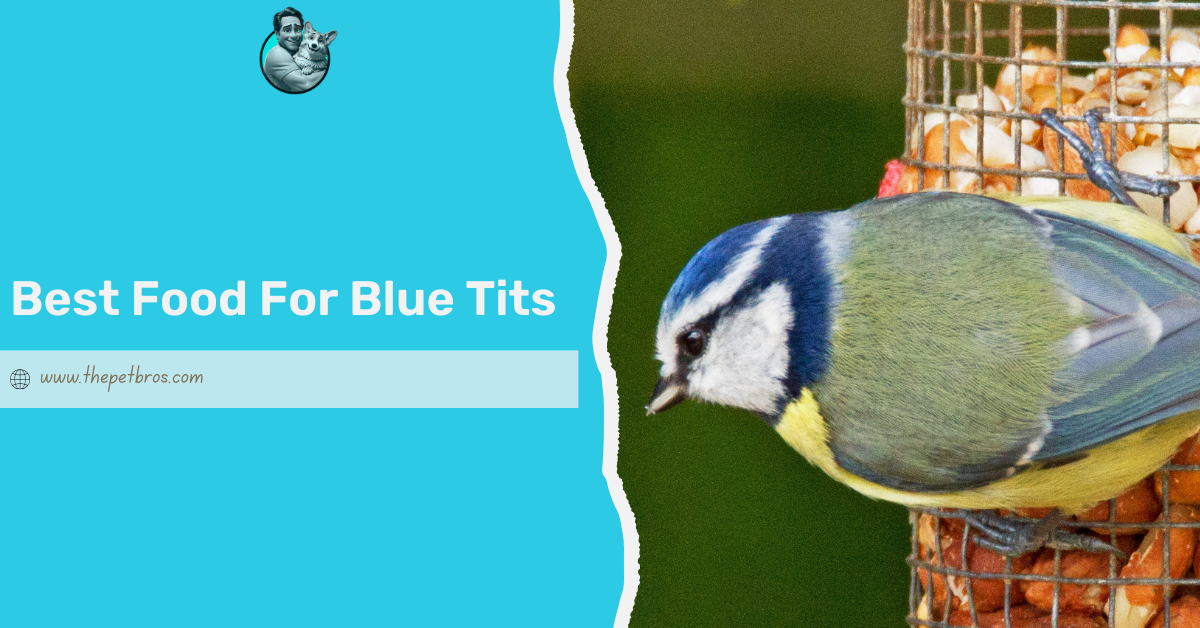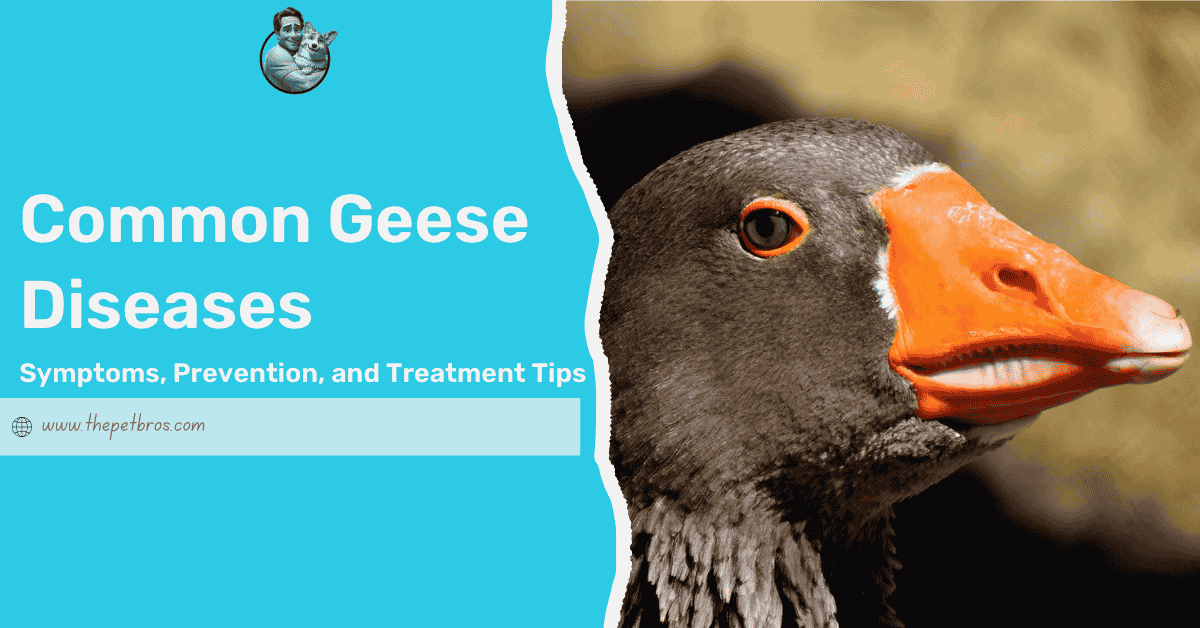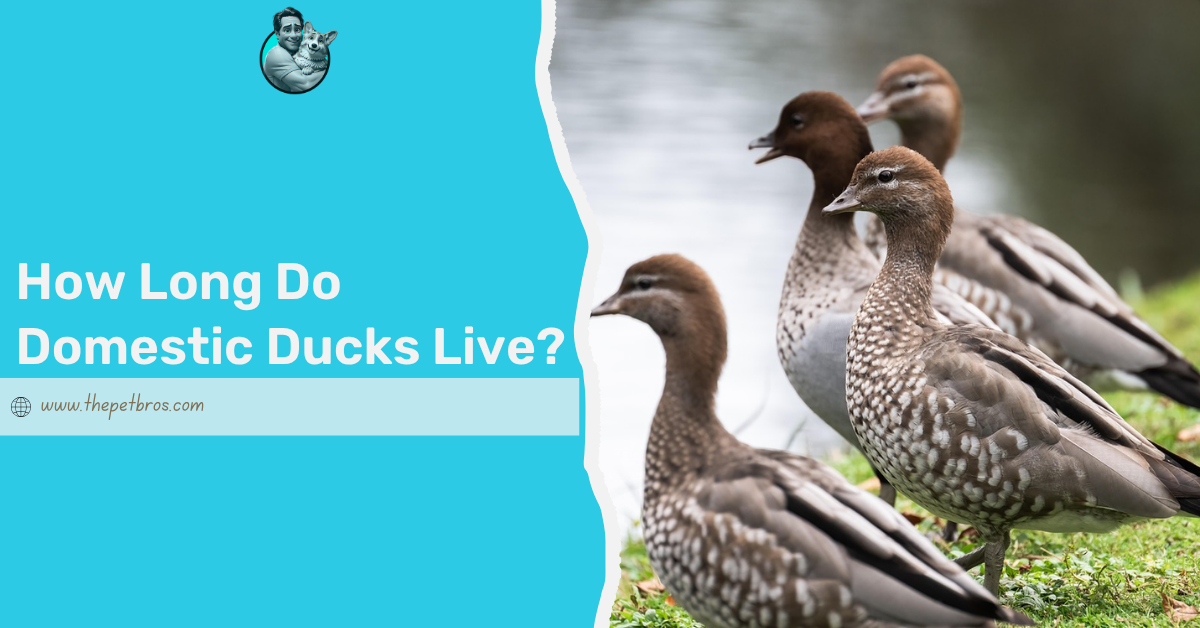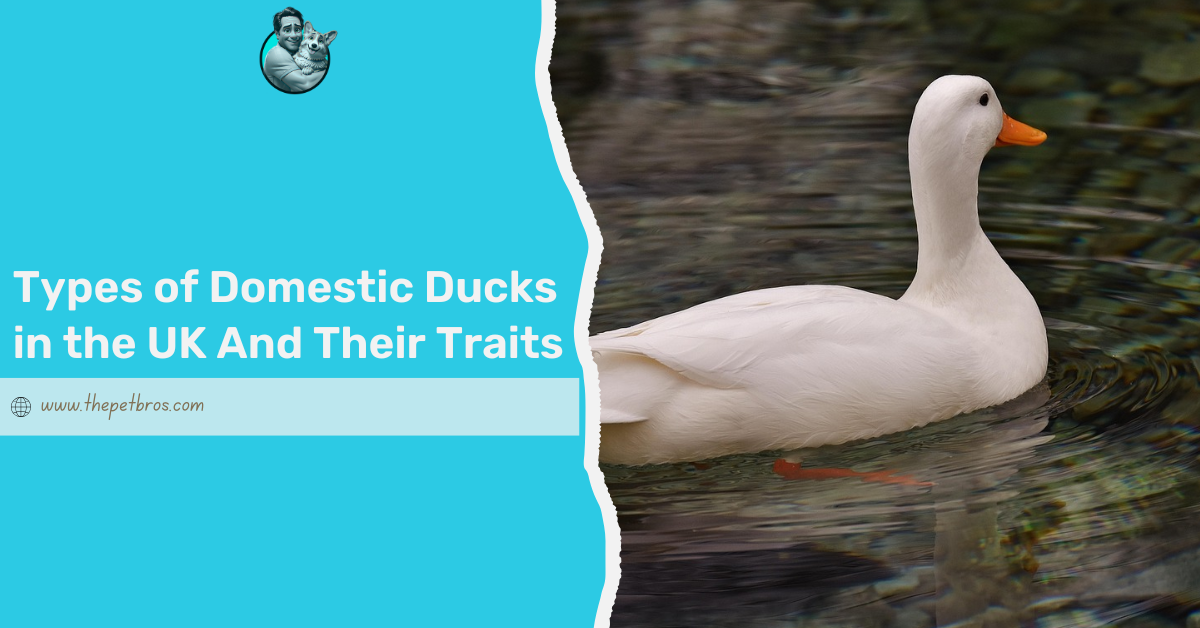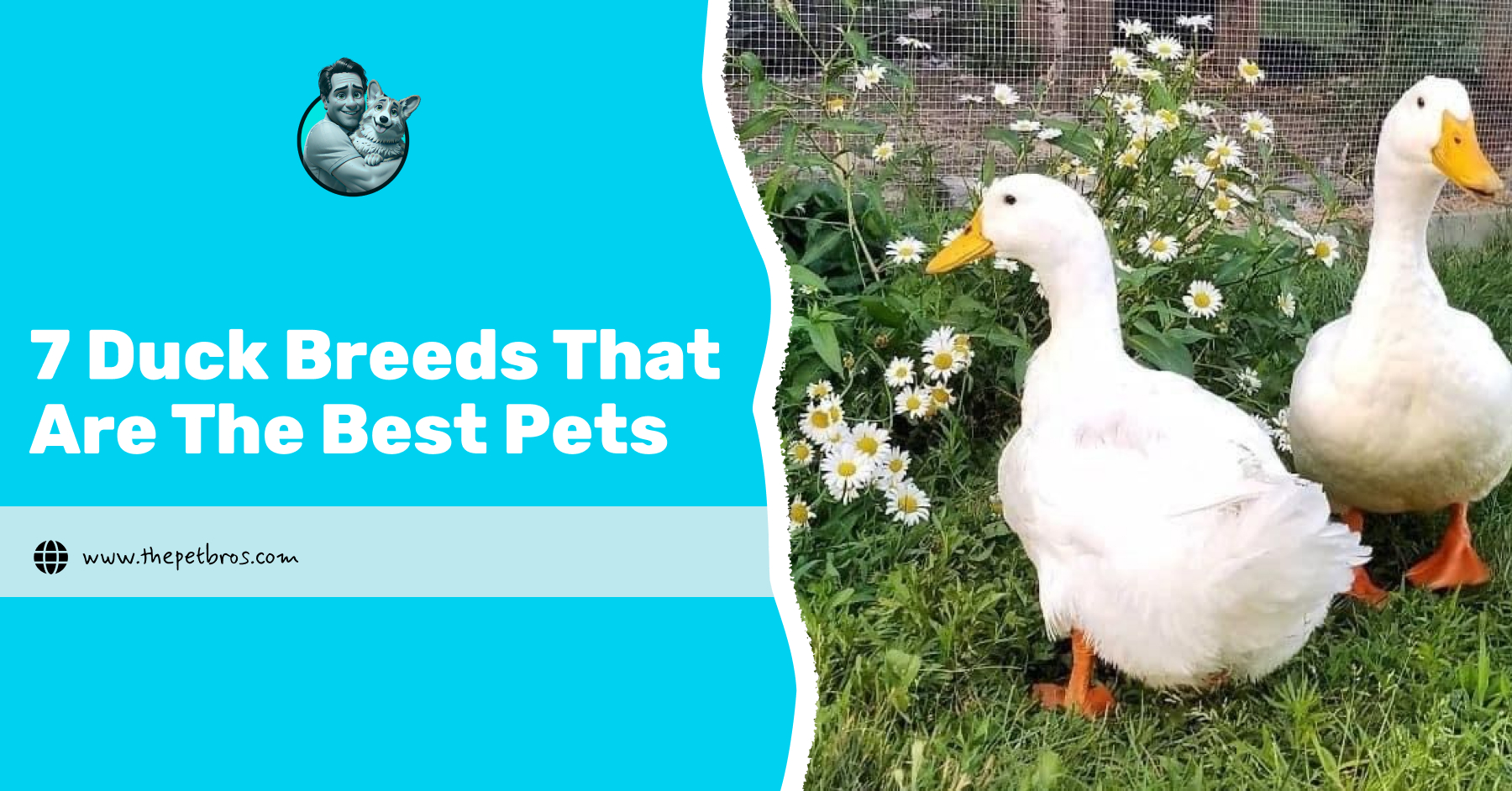There’s something oddly comforting about ducks. Maybe it’s how they waddle with such confidence or how they always look deeply unbothered and slightly offended. Whatever it is, these birds have carved out a soft spot in British hearts. Now, regardless of their popularity in the UK, did you know there are far more duck breeds in the UK than most people realise?
Some duck breeds are native and seen year-round, others turn up just for winter or summer, and a few are unexpected escape artists that have taken quite nicely to the British way of life. They come in all shapes and shades, from tiny teal to heavyweight eider, bringing something unique to the ecosystem.
In this blog, we’re getting to know 10 duck breeds you can easily find across the United Kingdom. So next time you spot a duck, you can say, “Wait, that’s not a mallard; it’s a Shoveler!”
10 Duck Breeds Found in the UK
1. Mallard
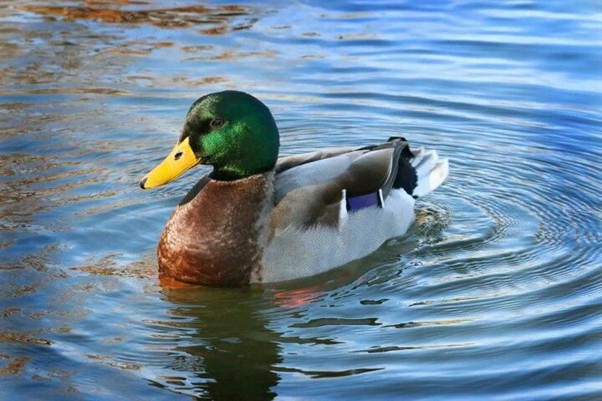
If ducks had a celebrity A-list, the mallard would be front and centre because you can probably find them posing near a pond with shades on. As the most recognisable of all duck breeds in the UK, mallards are everywhere; you’ll find them in countryside streams or city parks where toddlers throw them bread (even though they really shouldn’t).
Males are known for their shimmering green heads, yellow bills, and chestnut chests, while females rock a mottled brown that screams practical woodland chic. They’re dabbling ducks, which means they tip forward to feed in shallow water, leaving their fluffy backsides bobbing in the air like floaty little question marks.
Mallards are the original multitaskers, adaptable, sociable, and perfectly at home wherever there’s water. And yes, many domestic ducks are actually descendants of these ducks.
2. Teal
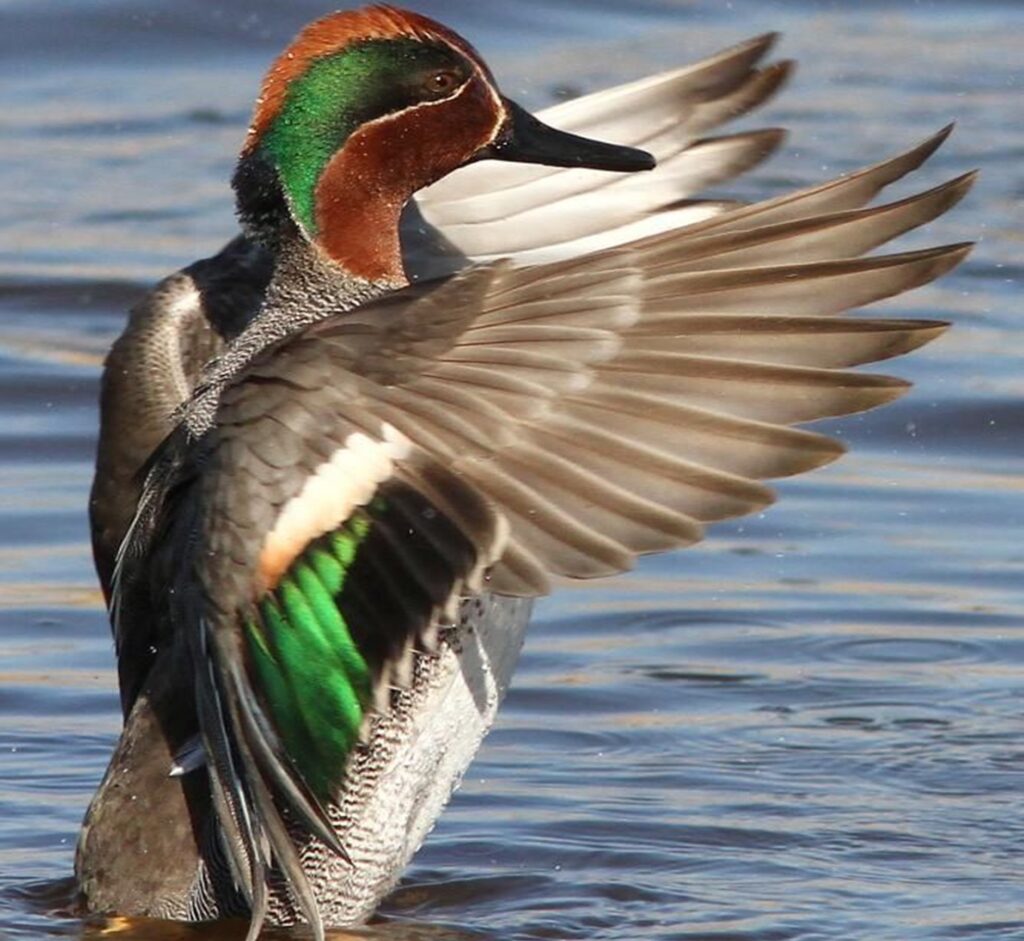
The teal might be small, but it’s full of personality. Britain’s tiniest duck isn’t trying to make a grand entrance, but it usually does anyway, especially when it zooms past you in a blur of wings and colour.
You’ll spot teals on wetlands during the winter months, often hanging out in flocks like it’s the feathery version of a weekend getaway. Males sport a beautiful green stripe that sweeps back from the eye, contrasting with a rich chestnut head. Females, on the other hand, go for a more camouflaged look. Teals live a quiet life compared to other duck breeds in the UK.
3. Wigeon
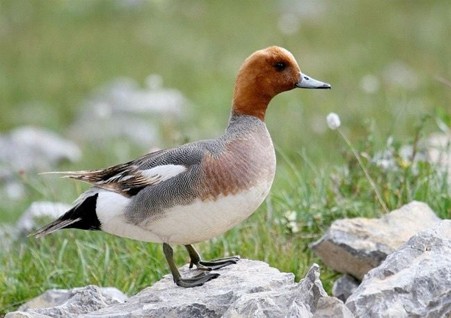
Wigeons sound as charming as they look, especially when you hear their soft whistling call echo across a lake. These ducks bring beauty to British waters, with the males showing off a peachy head and creamy forehead. During the colder months, you’ll find wigeons grazing in fields or gliding across lakes.
Unlike Teals, Wigeons are quite sociable and often mix with other ducks. For those who keep ducks, breeds like the wigeon remind us that ducks bring calm, routine, and a surprisingly heartwarming presence to any space.
4. Shoveler

No, your eyes aren’t playing tricks; that duck really does have an oversized spoon for a beak. The shoveler is one of the quirkiest duck breeds in the UK, instantly recognisable by its broad, flat bill that it uses to sift through water like a pro for seeds and tiny creatures.
Iridescent green heads, chestnut flanks, and bright yellow eyes give them a permanent look of surprise. Females are more understated but equally fascinating once you notice that giant beak doing its job.
5. Mandarin
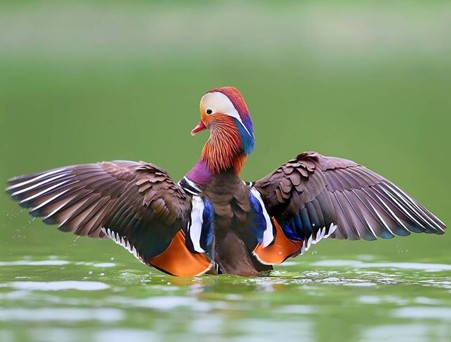
If you organise a fashion show for ducks, best believe that the mandarin would close the runway. These birds look like they’ve been painted by someone who couldn’t decide on just one palette. With their orange sails, blue stripes, and golden faces, male mandarins are walking masterpieces.
They are originally from East Asia and have made themselves quite at home in parts of the UK, especially around quiet woodland ponds. They’re not your everyday duck breeds and definitely not the type to blend into the crowd.
6. Goosander
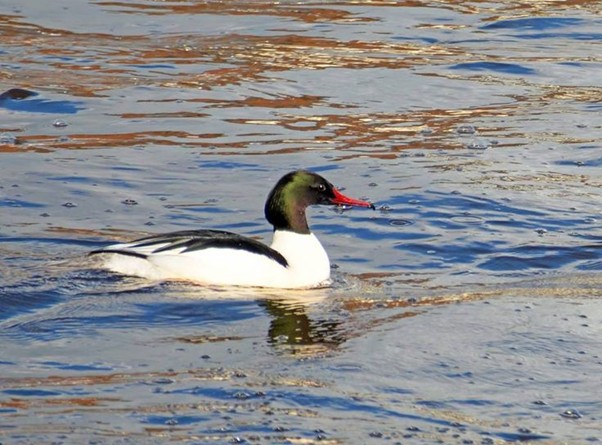
The goosander isn’t just a duck with a dramatic name; it’s a sleek, fish-eating professional. With its narrow bill lined with tiny serrations, which you can think of as nature’s version of a bread knife, this duck is very good at catching slippery prey.
Males have a sharp black-and-white tuxedo look, while females are recognised by their chestnut crest that looks like a windswept fringe. You’ll often spot them on fast-flowing rivers and lakes, especially in winter.
It may surprise you to know that a goosander’s diet plays a significant role in the community. In fact, recent research reveals that many duck breeds in the UK have specialist diets and play essential roles in maintaining aquatic ecosystems.
7. Goldeneye
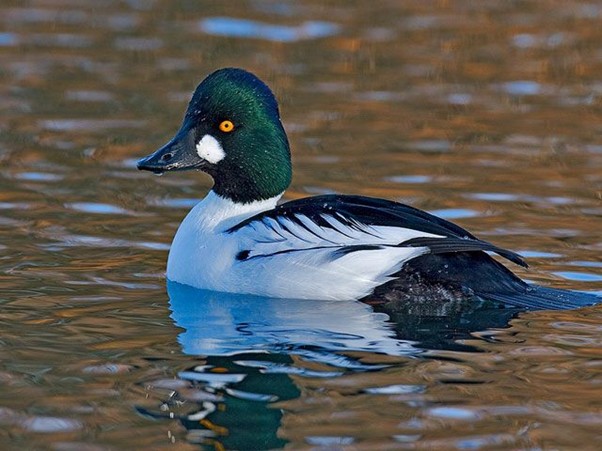
Don’t you think their name sounds like that of the main character in a spy movie? If you do, then you are not wrong, I promise. With golden eyes that truly shine, the goldeneye duck is as fascinating as it is divine. These ducks are divers, plunging beneath the surface for insects, crustaceans, and other underwater treats.
They usually spend their winters in the UK, favouring quiet lakes and coastal waters. Males have striking black-and-white plumage with a glossy green head, while females are more muted but no less elegant.
If you’ve ever thought about adding ducks to your setup, breeds like the goldeneye make you appreciate the benefits of keeping ducks and just how interesting they can be.
8. Pochard
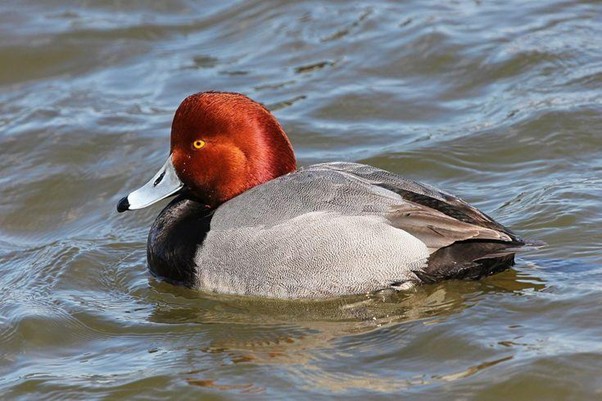
Pochards are the kind of ducks that look effortlessly cool. With their rich chestnut heads, black breasts, and steely grey backs, they float without feeling the need to show off. They are very easy to spot, all thanks to the inviting colour of their heads.
They’re diving ducks, so you’ll often see them disappear beneath the surface in search of aquatic plants and insects. These ducks mostly visit the UK in winter, gathering in large groups on lakes and reservoirs.
9. Eider
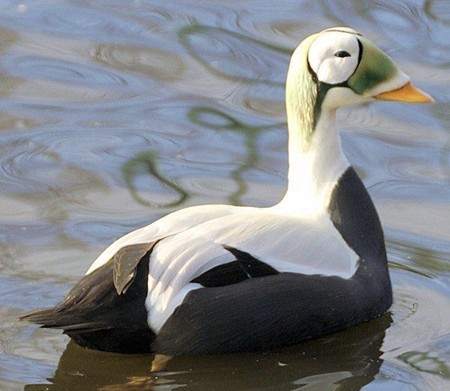
Eiders are the heavyweights of UK duck breeds literally. As the largest duck found in Britain, they’re built for the open sea and colder weather. You’ll mostly spot Eiders along northern coasts, bobbing through the waves like little floating fortresses.
Males are easy to identify with their crisp black-and-white feathers and pastel green nape, while females go for a rugged brown pattern that helps them blend into rocky nests. And fun fact, the famously soft eiderdown used in luxury bedding actually comes from these ducks’ nests.
Eiders are the ducks that remind us that not all ducks prefer ponds and park lakes. Some are built for wild, salty adventures.
10. Garganey
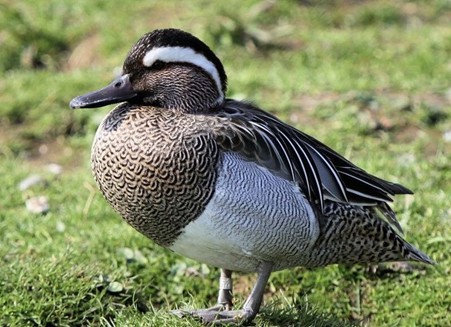
Garganeys are the quiet guests who only pop in for spring and summer, but are always a welcome sight when they appear. These petite ducks have a delicate build and a soft, streaked appearance. Males are especially striking with their bold white eye stripe and rippling chest patterns that appear to have been painted on.
They prefer shallow freshwater habitats, often staying tucked away in reed beds where they can stay under the radar. Their calm, low-profile lifestyle makes them one of the more peaceful duck breeds you’ll come across in the UK.
If you’re ever thinking about making a duck coop for your garganey and hoping to recreate a peaceful setup, take a page from their personalities: quiet, gentle, and all about the environment.
Conclusion
Who knew ducks could be this fascinating? Luckily for you, the UK is home to a whole parade of duck breeds. Some are seasonal visitors, others are year-round residents. Some flaunt bold colours while others blend right into the reeds. But what they all have in common is their quiet contribution to the countryside.
Whether you’re planning to start keeping ducks yourself, already have a few waddling around your garden, or just enjoy spotting them in the wild, understanding the different breeds makes every encounter more meaningful. So next time you see one paddling along, take a moment. That might just be a goldeneye giving you a casual glance or a garganey making a rare appearance.
FAQs
How many different species of ducks are there in the world?
There are about 120 duck species that exist worldwide, spread across various habitats.
Which species do domestic ducks belong to?
Most domestic ducks come from the species Anas platyrhynchos, the domesticated form of the mallard.
What breed standards are there for duck breeds?
Breed standards include criteria for size, weight, plumage colour, bill shape, leg colour, and posture or utility purpose.
What classes are there for ducks?
Ducks are classified as heavy, light, runner, or bantam depending on build and use, based on size and body type.
What is the most common duck in the UK?
The mallard is the most common and widespread duck across the UK, found in ponds, rivers, and urban parks.
What are the rare breed ducks in the UK?
Rare breeds include the Aylesbury, Shetland, Silver Appleyard, and Welsh Harlequin.
What is the largest duck in the UK?
The eider is the UK’s largest duck, known for its sea-diving habits and plumage.
What is Britain’s smallest duck?
The teal is Britain’s smallest duck, weighing less than 400g and known for its fast take-offs.






